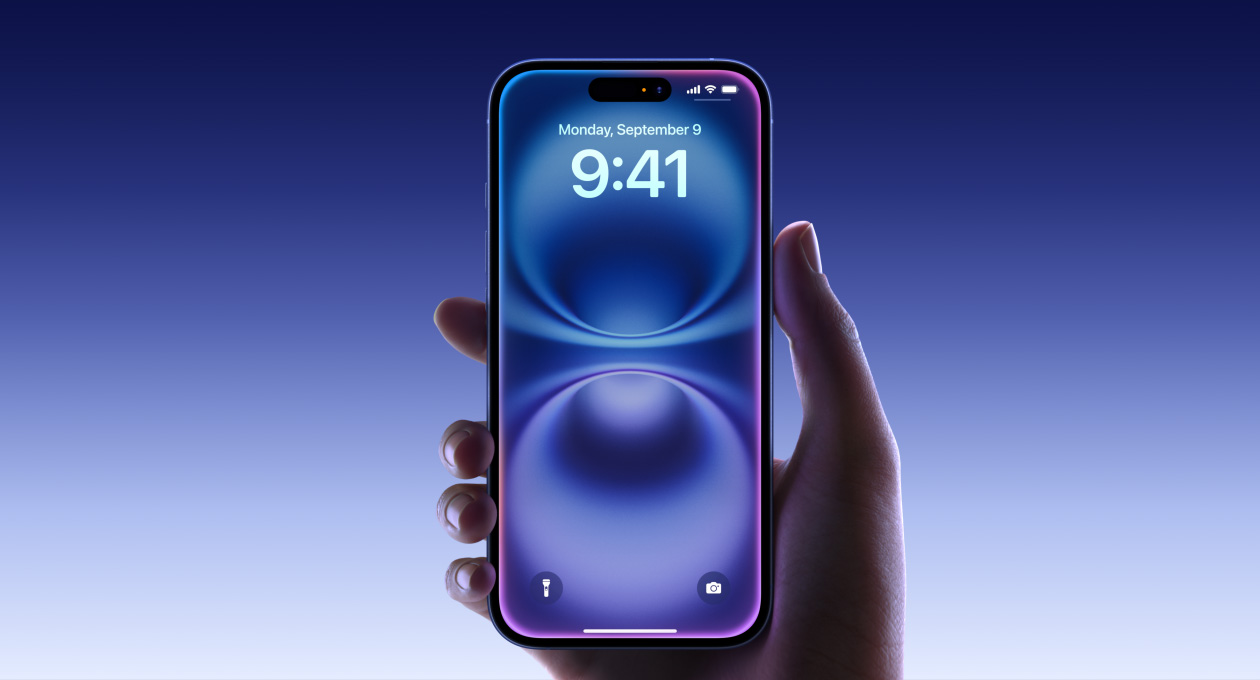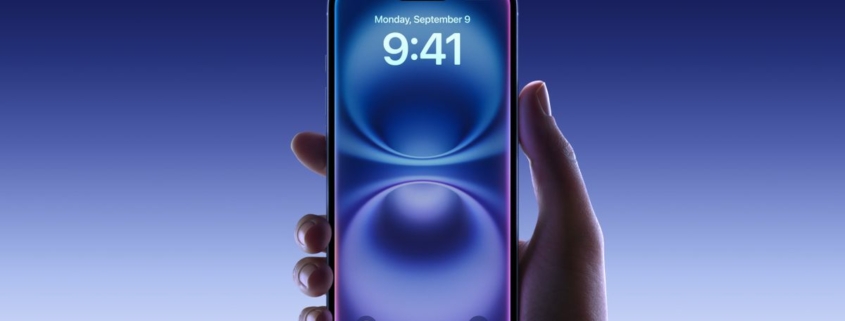Fraudsters sentenced for tricking Apple out of more than a whopping $2.5 million by sending in convincing fake iPhones for repair

The US Department of Justice’s Office of Public Affairs has announced (via Ars Technica) that two Chinese citizens have been sentenced for participating in “a scheme to defraud Apple Inc. (Apple) out of millions of dollars worth of iPhones.” The really baffling thing, however, is that to a large extent, this scheme worked.
According to the press release, the fraudsters successfully caused “a loss of more than $2.5 million.” Of course, sentencing includes some monetary restitution, this being in the form of $1,072,200 from one of the criminals and $397,800 from the other. Which adds up to $1,470,000, more than a million dollars shy of the full restitution needed to make up Apple’s losses.
A million dollars is pennies to Apple, though, I suppose. What’s more concerning is that this scheme actually worked for a while. It involved sending fake iPhones with spoofed IMEIs in for repair and having Apple send them back legitimate iPhones as replacements.
According to a 2019 affidavit from Stephen Cohen (PDF), a US postal service inspector, “An Apple Brand Integrity Investigator (“Apple Investigator”) advised law enforcement of a general fraud scheme where individuals in various parts of the United States receive suspected counterfeit phones from Hong Kong and then submit those phones to Apple for repair under the ruse that the phones are not functioning properly, all with the goal of getting Apple to provide them with genuine replacement iPhones”
Back in February, the US Attorney’s Office, District of Columbia said, “Trial evidence showed that conspirators submitted more than 5,000 inauthentic phones to Apple during the conspiracy, intending to cause a loss of more than $3 million to Apple.”
So yes, the fraudulent scheme was spotted by Apple and stopped before it ran to completion, but not before $2.5 million worth of losses were already accrued, and it looks like $1 million of that won’t be returned to Apple.
That the scheme worked so well for so long is scary because it shows just how convincing fake iPhones can be. If Apple can’t spot such a large quantity of fake iPhones for such a long time, how can ordinary users be expected to?
Above all, this is perhaps a good reminder to be extra careful in the second-hand iPhone market. Personally, I’d avoid it entirely, but if you’re going to go second-hand, at the very least ensure you’re buying from a trusted seller.
In fact, that’s good advice across the board. We in the wonderful world of PC gaming aren’t immune to fraudulent components, either. With tales of GPU-less RTX 4090s being sold and CPUs without actual chips in them, we’d do well to remember the perils of hunting for cheap component prices. A good rule of thumb is that if something seems too good to be true, it probably is.
Source link




